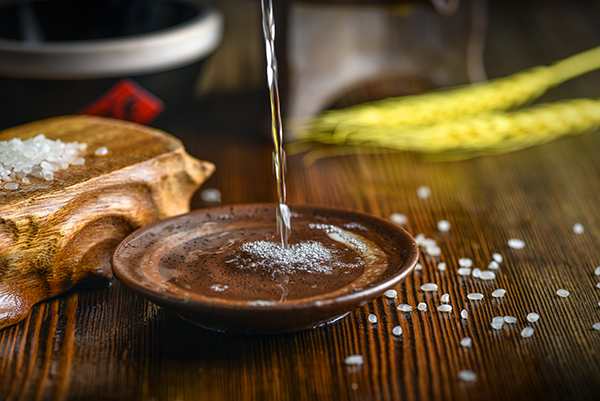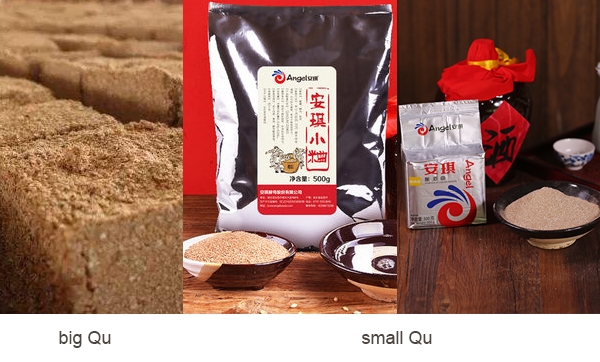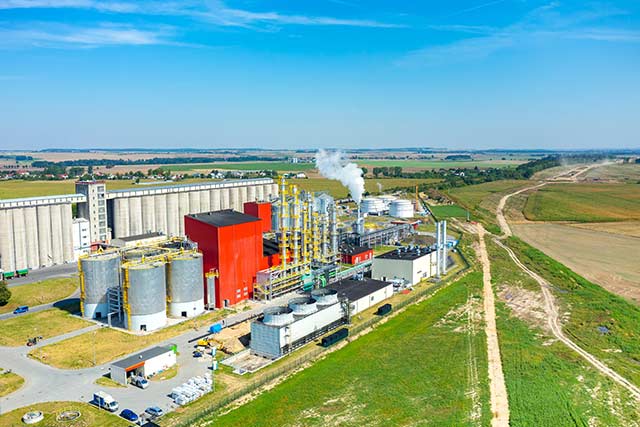Nov.22, 2019
By Carl
The production of baijiu is very important to Chinese nationals. Distilleries are located all over the country, in a number of different provinces. Every distillery produces their own, distinct form of baijiu. In many cases, the recipes for a particular baijiu are passed down from generation to generation.
While tradition is important to the manufacture of baijiu, In the 21st Century, however, cranes and scientific apparatus have been embraced.
What has not changed in the manufacture of baijiu, however, is the order of events. There are six key stages to the process of creating baijiu. The ingredients may vary, depending on what baijiu is being produced

Preparing the Ingredients of the Baijiu
Baijiu is impossible to create without the appropriate ingredients. These are typically grains, such as sorghum, or rice.
Once the ingredients have been sourced and prepared, they are loaded into a large still. This still is then placed over a cauldron of boiling water, and the ingredients are cooked via steaming.
The steaming process serves two purposes. Firstly, it cleans the ingredients. In addition, steaming breaks down these ingredients.
Preparing the Qu
Qu is referred to as the bone of baijiu. The purpose of Qu is essential for the saccharification of the baijiu. Without Qu, there would be no form of Chinese Baijiu.
Sauce Aroma baijiu and Strong Aroma baijiu utilise big Qu. Rice Aroma baijiu and Light Aroma baijiu will instead use small Qu. And also, in some processes, the modern Qu is used now as a supplement and enhancer.
While the big Qu is incubating, natural and healthy bacteria will grow upon it. This is a deliberate process, as it gives the Qu a unique flavour.
Small Qu is constructed from rice or bran. This is why baijiu that is made using small Qu has a lighter taste.

Baijiu Saccharification and fermentation
Qu is so important because none of the natural ingredients of baijiu contain sugar. Sugar is pivotal to the production of alcohol in the west, as yeast feeds upon it.
The ingredients, Qu and water will then be left to mix. This process enables more microorganisms and bacteria merge with the recipe. This is how the starch found in the grains or rice turns to sugar. This, in a nutshell, is saccharification. Once this process started, fermentation of the baijiu can begin.
Baijiu Distillation
When the baijiu recipe is ready to be distilled, it is poured into a still. Hence, the name of the process. In many respects, distillation is very similar to the first stage of baijiu production. The ingredients are boiled and steamed.
Once these vapours are captured, they are cooled off and left to turn to liquid. Some of this liquid evaporates.
Baijiu Aging
Baijiu is left to age before it is released for sale. Much like western spirits, A cheaper, lower-end baijiu will not be left to age for long. Six months is the minimum period that a baijiu can be left to age. Anything less than this would be too harsh for the human throat to accept.
Many distilleries will also blend their baijiu. They will also undergo rigorous tasting processes to ensure consistency. This is very important to the manufacturers of baijiu. The brand label on a bottle is seen as a source of pride and a seal of quality. Distilleries wish to ensure that no two customers have a different experience from the same brand of baijiu.
| Published by Carl Senior Engineer of Distilled Spirits and Biofuels Division |
For more media information, please contact:
Angel Yeast Co., Ltd.
Yichang, Hubei, China
Ryan Wu
Tel.: +86 717 6353619
Email: wusy@angelyeast.com
en.angelyeast.com








